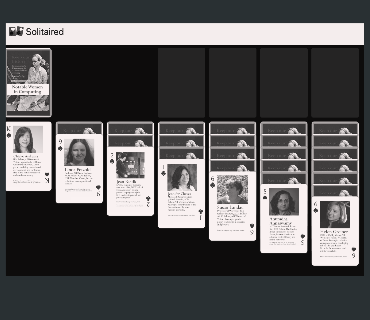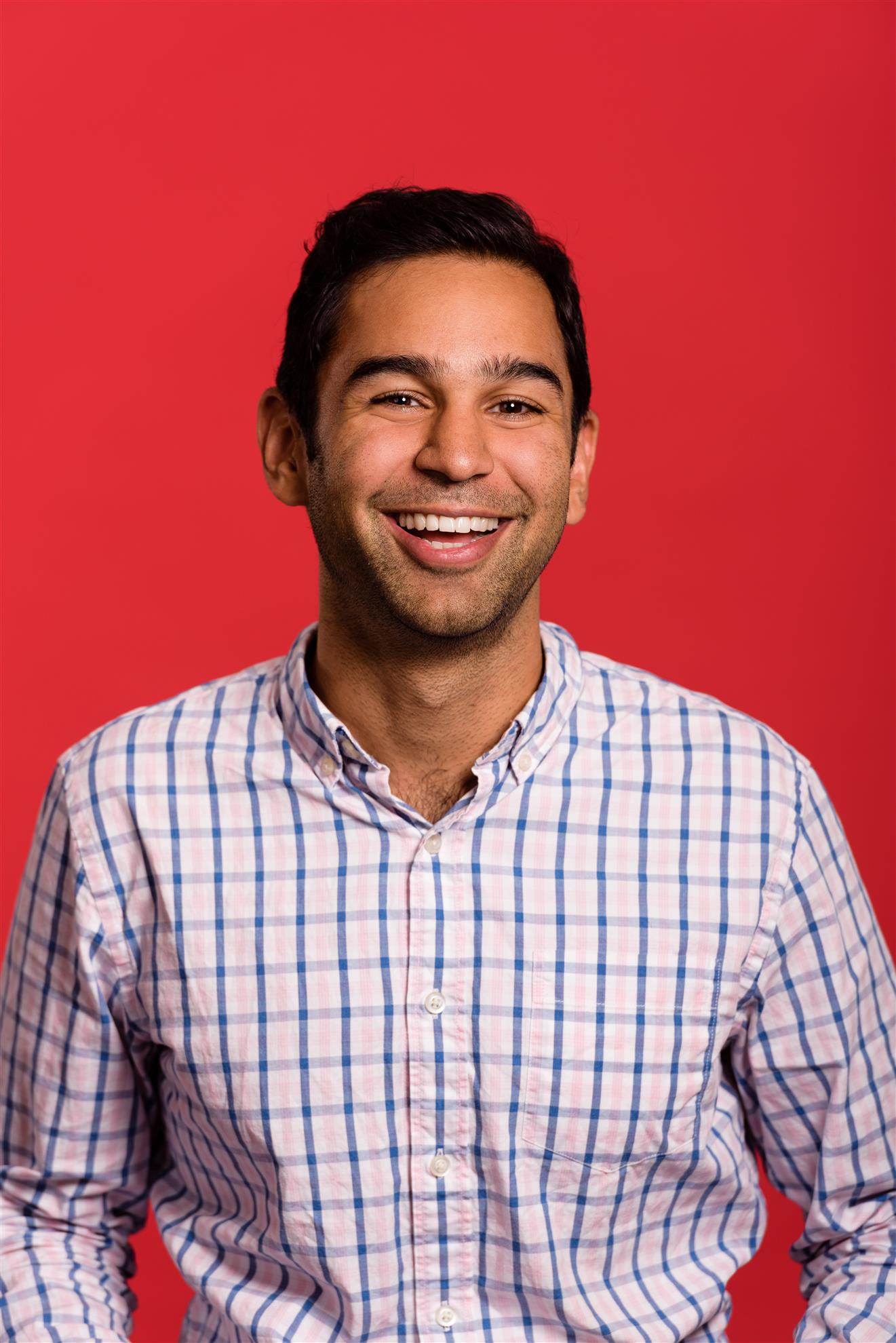
I quizzically looked at the book titled C++ for your Plus Plus. I thought to myself, “Why would a book encourage you to get a mediocre grade like a C+?”
Full Story
I quizzically looked at the book titled C++ for your Plus Plus. I thought to myself, “Why would a book encourage you to get a mediocre grade like a C+?”
It was the year 2000, my junior year in high school. I had gone to the bookstore a few days before school started and had picked up my book for Introduction to Computer Science.
My Dad had encouraged me to take the class. An engineer by trade, he saw me chatting with my friends on AOL and perusing the early version of the internet. Rumor had it that we would develop some games in class which I thought was exciting, and with his nudging, I obliged and signed up. Little did I know it would change my life.
First Impressions
I remember the first day of class with my teacher Mr. Wilson. He showed us how we would be building websites with our pictures on it. With a mouseover the picture, we could make some cool effects. He showed a past project of how a student built a checkers game. I was stunned. It was the first class in high school where we could actually build!
As the weeks passed, I learned basic HTML and fun tricks on how to change font sizes and background colors. We even started to learn introductory coding skills in C++. It was the one class I began to look forward to every day.
Then the light bulb went off. While I could build websites as part of school work, why wouldn’t I do this for my personal interests? At the time, I was big into magic tricks and thought there was an opportunity to create video tutorials for magic tricks, which didn’t exist at the time, and to sell magic tricks online. With my classmate Matt, we purchased the domain RabbitHat.com and built a homepage. We quickly realized though creating and hosting videos, as well as e-commerce, were beyond our heads, and our efforts stalled. It was still fun though, and made me realize what I was learning in computer science could apply to the real world.
The light bulb moment
As we entered the second semester of Introduction to Computer Science, we learned about form fields and basic manipulation of data.
One day, I was talking to my friend Darsh, who happened to be great at building websites, and being typical students, we were bemoaning the process of creating bibliographies. It took so much time and there were all these formatting rules. With the recent lessons of my computer science class in mind, “What if…” we thought, “What if we could build a website where you can input bibliographic information, and it could create citations?”
That moment became a defining moment in our lives. We spent two months building a website called EasyBib that did exactly that. When we showed it to our friends and teachers, they loved it, and soon word started spreading.
It was surreal watching the site grow. We were having fun adding more features and seeing more and more usage. Our high school even paid us $3,000 for a version designed for schools. Being 17 years old at the time, it was mind-blowing and eye-opening.
Darsh and I decided we would create a company called Imagine Easy Solutions. With the knowledge we had of web development, which for me, all started with Introduction to Computer Science, we believed that with technology we could build imaginative and easy solutions.
Fast forward 15 years and that vision came true. Imagine Easy Solutions would reach over 30M students yearly and help with citations, note-taking, grammar, and plagiarism checking. Without investment, we grew the business to over 60 employees and millions in revenue, and eventually successfully sold it to a public company called Chegg in 2016.
The Building Mindset
For me, my junior year computer science class, and my senior year AP computer science class was transformative (shout outs to Mr. Wilson and Mr. Kick). Yes, it taught me the fundamentals of what it takes to build software and websites, but more importantly, it taught me I could build and solve my own problems. History, English and Math never showed me that I could do that, but computer science did.
Even to this day, Darsh and I have a building and tinkering mindset. As card games fans, we launched a solitaire site for fun, to eventually explore if classic games can be an educational medium. Most recently, for Women’s History Month, we came across this article about amazing women through history which ultimately led us to notable women in tech cards project. We ended up using their cards to create a solitaire game that celebrates women advancing STEM fields.
My entrepreneurial roots and identity stem from my Introduction to Computer Science class. For that, I’m forever thankful!
About the Author
 Neal Taparia built Imagine Easy Solutions, a portfolio of popular educational services that reached over 30M students annually. He’s now working on a new initiative, Solitaired, which connects classic games with brain training.
Neal Taparia built Imagine Easy Solutions, a portfolio of popular educational services that reached over 30M students annually. He’s now working on a new initiative, Solitaired, which connects classic games with brain training.
